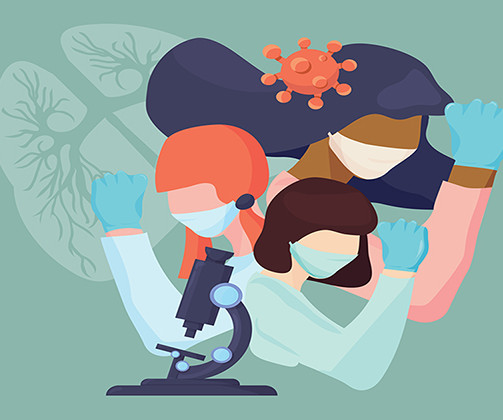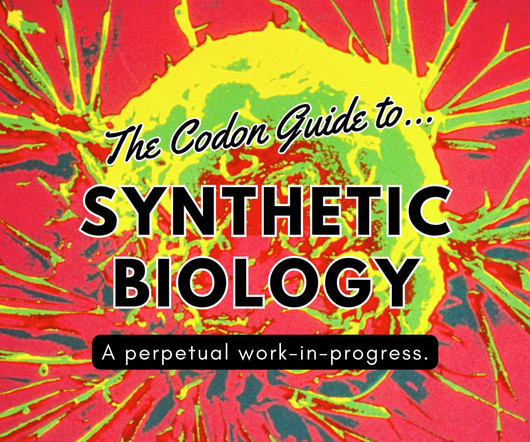TACACICLIB, AUR-102, AURIGENE
New Drug Approvals
JANUARY 9, 2024
As such, it has been proposed that inhibiting CDK7 would provide a potent means of inhibiting cell cycle progression, which may be especially relevant given that there is compelling evidence from gene knockout studies in mice for lack of an absolute requirement for CDK2, CDK4 and CDK6 for the cell cycle at least in most cell types (M alumbres et al.,












Let's personalize your content